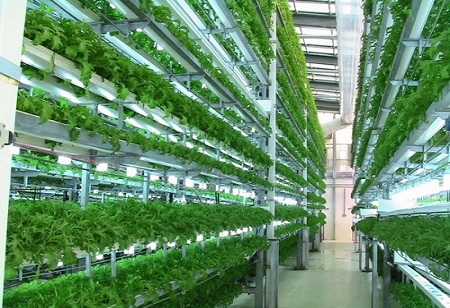According to data from DataM Intelligence, the
hydroponics market would develop at a CAGR of 13.53 percent in India between 2021 and 2028. Himalaya, Dabur, and Patanjali, for example, currently use hydroponically produced herbs in their formulations. Simultaneously, the number of new-age hydroponic farms and start-ups using this approach and bringing the agriculture business to the next level has increased dramatically in recent years. They cultivate medicinal plants, aromatics, berries, leafy greens, microgreens, and a variety of other plants in a tech-based hydroponics arrangement.
“It’s precision farming. It’s done within the greenhouse structure, under the best microclimate, which can be controlled. Agripreneurs can do crop planning according to the market requirements. They can even do it close to the point of consumption. So, logistics costs come down as well. In a nutshell, it’s a very sustainable business model for forward thinkers to address the growing demand worldwide,” says Amit Kumar Verma, CEO of Brio Hydroponics, an emerging agritech start-up based in Ahmedabad.
That being said, in this article let's look into the key challenges concerning hydroponics development and find out how the industry is innovating to transit towards a robust future.
Problems affect plants quicker
Soil protects the roots from extreme temperature changes, slows diseases and pests from attacking, and regularly releases and absorbs nutrients. Without soil to act as a buffer, plants grown in hydroponics systems react negatively to problems like nutrient deficiencies and disease much quicker.
Moreover, with soil off the picture, a variety of reasons might cause a nutrient shortage or toxicity in the plants. It's not always clear which nutrient is causing the issue, or if the issue is one of deficiency or toxicity. There are several symptoms to look for to diagnose nutritional deficiency and toxicity. Nutrient problems can be caused by pH, temperature, plant growth rate, nutrient solution concentration, user error, and a variety of other variables. Remember that an excess of one nutrient might interfere with the absorption of another.
